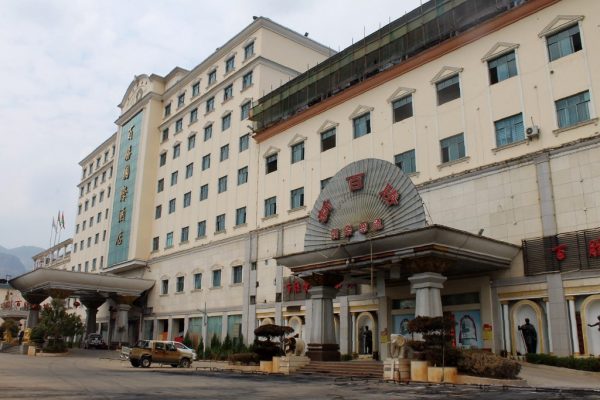Hue Citadel, Vietnam – A Journey Back in Time

One of Vietnam’s most historic towns, Hue, is packed with relics from the reign of the 19th-century Nguyen emperors. From 1802 to 1945, Hue was the capital of Vietnam and home to the Nguyen dynasty. After the Vietnam War, Hue’s unique history fell into ruin, as the imperial era wasn’t viewed favorably by the communist authorities. These days, however, the temples and landmarks of the city are national treasures, attracting millions of visitors every year.
Hue Citadel is one of the must-see attractions in the city. The citadel was the residence of ancient kings, as well as the place where the political activities of the Nguyen Dynasty took place for 143 years. The ancient capital of Hue was recognized by UNESCO as a World Cultural Heritage in 1993.
In the list of 7 UNESCO World Heritage sites in Vietnam are:
- Ha Long Bay
- Phong Nha – Ke Bang National Park
- Imperial Citadel of Thang Long
- Ho Dynasty Citadel
- Hue Citadel
- Hoi An Ancient Town
- My Son Sanctuary
The Hue Citadel is a symbol and the pride of the people of Hue and it has long been a must-see attraction for tourists when visiting the hidden charms of Vietnam.
The Imperial Citadel of Hue consists of the Imperial Citadel and the Forbidden Purple City, both of which are located within that area. When you visit, you will be able to admire over 100 unique and impressive architectural works, including the Ngo Mon Gate, the Thai Hoa Palace, the Dien Tho Palace, the Kien Trung Palace, the Phung Tien Palace, the Truong Sanh Palace, Hung Mieu and the Mieu. They all contribute to the palace’s unique architectural beauty while preserving the heroic historical imprints of the Nguyen dynasty.
Hue Citadel has a circumference of 10km, a height of 6.6m and a thickness of 21m, with winding fortresses accompanied by cannons, artillery and ammunition depots. The fortress was originally built entirely of earth, but bricks were added later. A network of interlaced canals surrounds the city to protect not only the city, but also a waterway which is nearly 7km long.
The Imperial Citadel is divided into two major parts, excluding houses and mansions: the Citadel and the Forbidden City. The former protected the important palaces within, while the latter housed the emperor and royal family, as well as serving as the court’s workplace. All of the traditional architecture of the East, such as palaces, mausolea and museums, coexist to form a fascinating attraction right in the heart of Vietnam.
If you have the opportunity to visit Hue during a festival, you will often see the ancient mossy roof covered in shimmering and fanciful lights from the Ngo Mon gate.
By Nguyen Thi Dieu Linh, Thai PBS World






